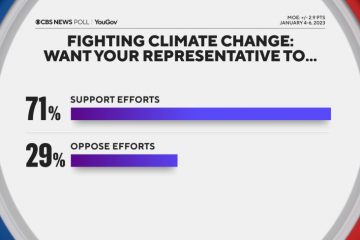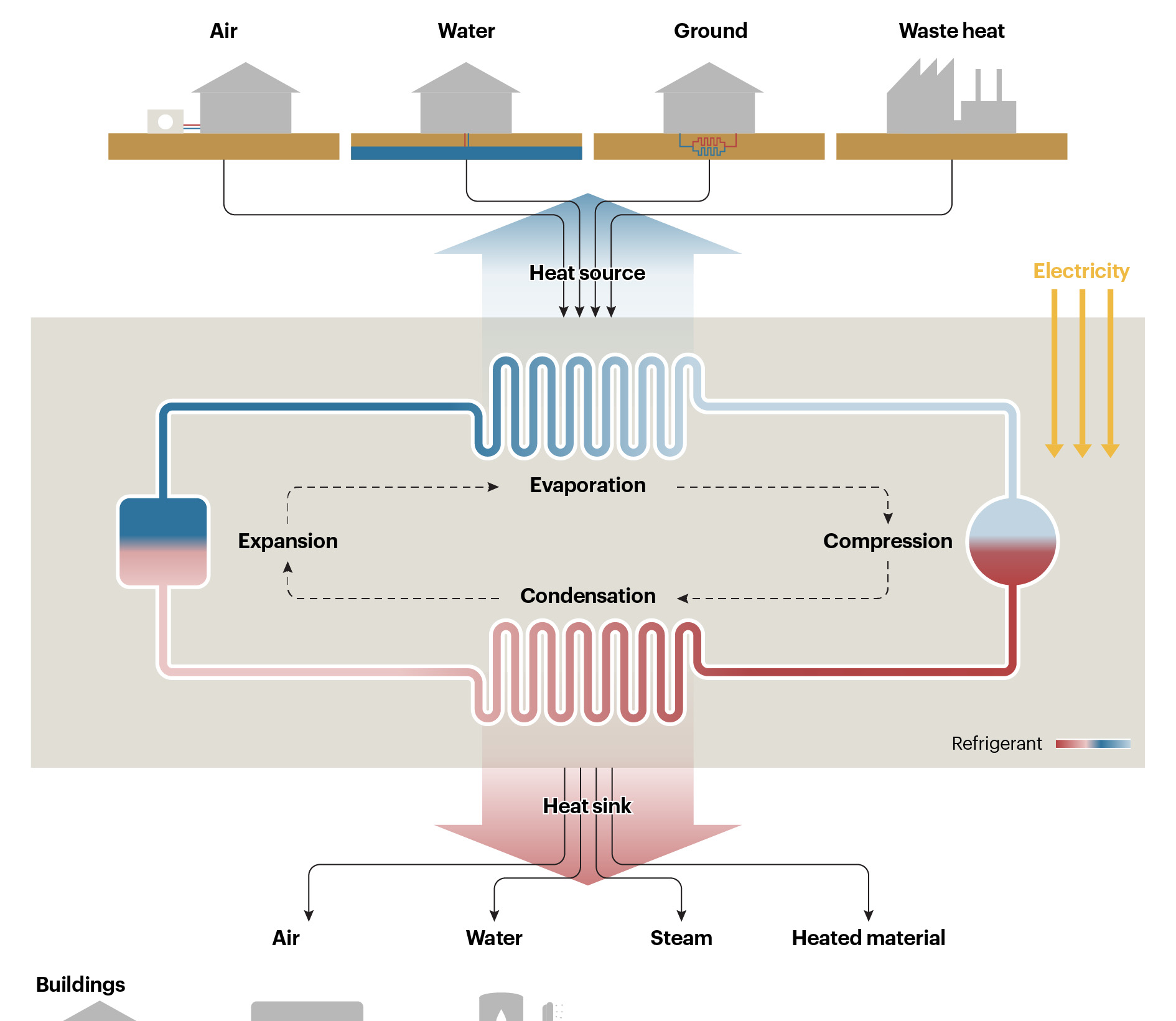By Peter Knapp
The rise of a particular trend, often echoed even by environmental commentators, suggests that individual efforts to combat climate change are both difficult and inconsequential. According to this narrative, individual actions are insignificant in the face of the enormous challenges posed by climate change, and it is only the responsibility of governments and large corporations to implement meaningful change. While this perspective is understandable, given the perceived lack of response from governments and major polluters, the author of the original text argues passionately for the importance of individual action in conjunction with systemic change.
1. Not everyone consumes the same amount; high consumers have a disproportionate impact on carbon emissions compared to low consumers.
The author begins by dismantling the assumptions that underlie the “why bother when I’m one of 8 billion” argument. Contrary to this belief, not everyone consumes the same amount of resources. In reality, the richest 10% of people are responsible for half of the world’s carbon emissions, while the poorest half contributes just 10%. This staggering disparity in consumption patterns means that high consumers, typically found in developed countries, have an outsized impact on the climate crisis compared to the majority of the global population.
2. One less flight or cutting down on flying can have a significant impact on carbon emissions, especially since a small percentage of the population is responsible for a large part of aviation emissions.
The “one less flight won’t help anyone” argument is also challenged. While air travel is often portrayed as responsible for only a small fraction of carbon emissions, the reality is more complex. When considering the total warming potential of aviation, including the impact of contrails, flying accounts for approximately 6-7% of total warming potential. Moreover, flying remains the most unequal form of transport, with only 1% of the world’s population causing 50% of commercial aviation emissions. By questioning the idea that individual choices do not matter, the author emphasizes the significance of cutting out flying as a meaningful action within one’s control.
3. Transitioning to electric vehicles alone is not a sufficient solution; it’s better to explore alternatives like public transport and cycling, which can lead to less demand for car infrastructure.
Regarding the focus on transitioning to electric vehicles (EVs) as a technological solution, the author cautions against relying solely on this approach. EVs still contribute to pollution, including particulate pollution through tires, brakes, and resuspension. Additionally, the production of EVs requires vast quantities of materials, often mined in countries with troubling labor practices and pollution. Moreover, hydrogen, another touted technology, has its own challenges and implications. The author suggests that individual actions like choosing alternatives to driving, improving public transport, or advocating for systemic changes are more impactful than relying solely on EVs.
4. Reducing meat consumption is crucial, as the average meat consumption varies widely among countries and individuals, and the meat industry has numerous harmful effects.
The author also addresses the argument that individual choices concerning meat consumption have little significance given the vast global population. By homogenizing all diets as if everyone eats the same as the average American, this viewpoint ignores the significant variations in meat consumption among different countries and individuals. The meat industry is linked to numerous environmental issues, including land use, water use, antibiotic resistance, animal cruelty, and deforestation. By recognizing how much individuals consume compared to others and understanding that every reduction in meat consumption matters, the author encourages a shift towards more sustainable diets.
5. Individual actions can inspire societal change, especially when influential individuals or celebrities lead by example. While individual actions alone may not solve the climate crisis, they can contribute to systemic change.
The central message throughout the text is that the belief that “one person is too small to make a difference” is a defeatist viewpoint that hinders progress. Individual actions can be catalysts for societal change and can inspire collective efforts to address the climate crisis. Governments are more likely to take action when they see public demand for change. Thus, individual actions to reduce consumption, advocate for better policies, and challenge corporations can have far-reaching effects.
The author acknowledges that systemic change is essential to address climate change effectively. However, individual actions play a crucial role in initiating and influencing that systemic change. By providing examples of influential individuals and celebrities who have made a difference through their individual actions, the author demonstrates how high consumers can serve as powerful drivers for societal change.
In conclusion, while individual actions alone may not be enough to solve the complex challenges of climate change, they are far from pointless. The author contends that systemic change begins with individual actions and that individuals can have significant impacts by altering their consumption patterns, advocating for change, and inspiring others to join the collective effort to address the climate crisis. It is not about placing the burden solely on individuals but recognizing that their actions, in conjunction with systemic change, can lead to a more sustainable future.








